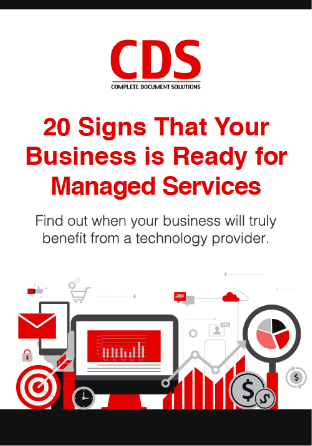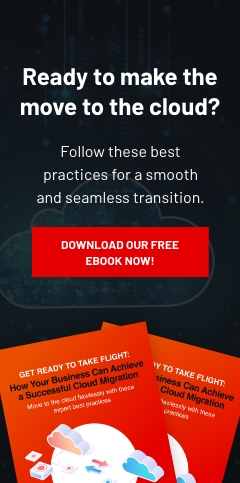Virtually every modern business depends on its data and technology infrastructure, meaning a backup and disaster recovery plan is no longer something that’s just nice to have — it’s critical for ensuring business continuity. While no one likes to dwell on the likelihood and potential impact of a disaster occurring, having a backup strategy will give you peace of mind, and here’s how you build one.
#1. Incorporate the cloud
One of the most popular backup methodologies is the 3-2-1 principle, whereby you have three total copies of your data including two kept locally in different storage mediums and one stored remotely. Traditionally, businesses kept archives of their data on tape drives stored in secure off-site facilities, but today the “1” part of the backup principle has almost universally come to refer to the cloud.
Keeping an up-to-date copy of your data in the cloud ensures it stays safe from any localized disaster like a hardware failure, fire, or natural disaster. However, it isn’t enough to just upload a copy of everything to an online storage facility. You still need a documented strategy that includes a clear process for recovering your data. Ideally, you should keep at least two copies in the cloud with different service providers as well.
#2. Define your recovery goals
When people think about backup, they often don’t pay much attention to what they’re actually supposed to do when a disaster happens. If you’re only thinking about backup, you could still end up facing unnecessary disruption following an incident unless you have a documented process for recovering the data.
When defining your recovery goals, there are two main parameters to consider: how much data you can afford to lose, and the maximum amount of time it should take to restore it. These are your recovery point objective (RPO) and recovery time objective (RTO), respectively. You’ll likely want to assign different values to different systems depending on their importance.
#3. Automate the process
It might be technology that usually gets the blame, but when something goes wrong, it’s most often human error that’s the root cause. Manually backing up and synchronizing data isn’t just time-consuming and repetitive, it’s also much riskier, since a single mistake can result in an important file being overwritten by an older version or worse.
Backup and disaster recovery should be fully automated, with archiving jobs being scheduled in advance, preferably to occur outside of office hours to conserve internet bandwidth. This will also free up time for employees, allowing them to focus on more strategic and rewarding tasks.
#4. Have a data retention policy
With new privacy regulations like the EU’s GDPR and California’s Consumer Privacy Act, it’s become a lot more important to maintain visibility into customer data. Consumers now have the right to request the deletion of any personal data in your care, which includes any stored in backup archives. It’s also important from an information management perspective that you limit the amount of data in your care so that you only have what’s potentially useful to your business and you have permission to retain.
That’s why every backup and disaster recovery strategy should incorporate full data life cycle management and privacy by design. This will also make things much easier when it comes to deleting or disclosing data at the request of past and present customers.
#5. Test and update
Backup and disaster recovery plans are worthless if they haven’t been thoroughly tested. It’s essential that you explore how your plan actually works out in a real-world scenario. It’s crucial everyone involved is familiar with their roles and responsibilities and that your plan is up to date with your current technology and information infrastructure. Ideally, your plan should be reviewed and updated at least once per year or whenever you make any significant operational or technological changes.
Complete Document Solutions provides the robust backup and recovery solutions your business needs to keep its digital assets safe. Call us today to find out more and prepare your business for the worst.
Download our free eBook!
Experiencing more and more IT difficulties recently? Maybe it's time to have a reliable IT partner. Read our free eBook: 20 Signs Your Business Is Ready for Managed Services and find out if the problems pestering your business’s IT requires the help of an MSP.




Leave a comment!